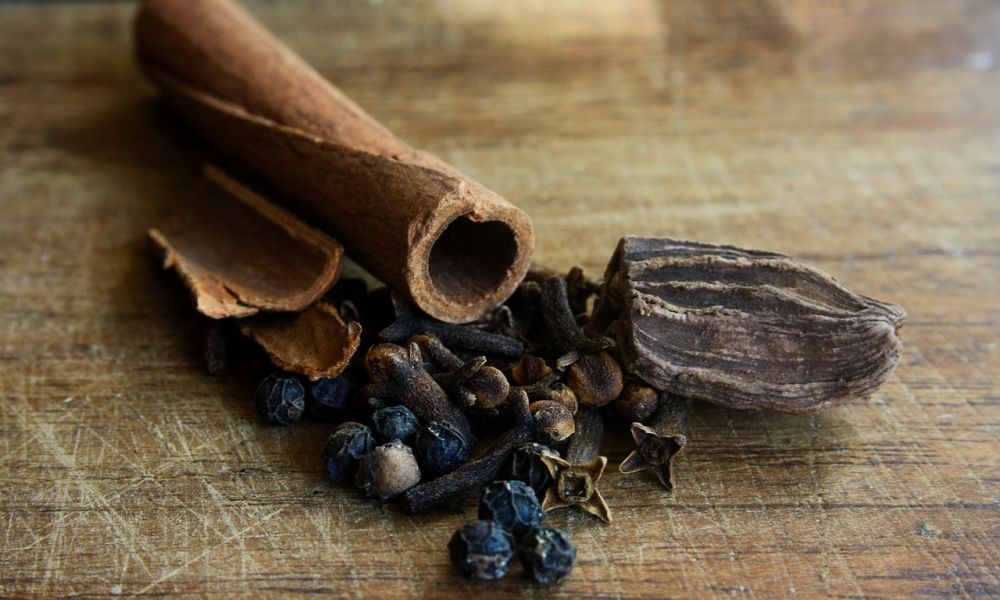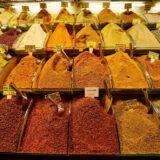Bosnian Cheese: A Delightful Journey Through the Flavors of Bosnia

Introduction: Exploring the Richness of Bosnian Cheese
Bosnian cuisine is a hidden treasure, and at the heart of its culinary traditions lies the delicious Bosnian cheese. Throughout this article, we will delve into the wonders of Bosnian cheese, its various types, popularity, quantitative measurements, differences, and a historical analysis of its advantages and disadvantages. So, grab your cheese knife and embark on a delightful journey through the flavors of Bosnia.
A Comprehensive Presentation of Bosnian Cheese

Bosnian cheese, also known as sir (pronounced ”seer”), is a dairy product deeply rooted in Bosnian gastronomy. Made from cow’s milk, this cheese is renowned for its unique taste and rich texture. From tangy soft cheeses to aged hard cheeses, Bosnian cheese offers a variety of flavors to please every palate.
1. Types of Bosnian Cheese
Bosnian cheese comes in various forms. The most popular among them are:
– Sir iz mjeha: This soft, creamy cheese is matured in a sheep’s stomach, which lends it a distinct flavor.
– Sir iz mlijeka: Commonly referred to as ”white cheese,” it is made from cow’s milk and has a semi-soft texture.
– Zeljeznicka mlada gouda: Known for its mild flavor and creamy texture, this young gouda cheese is a favorite among Bosnians.
2. Popularity and Culinary Uses
Bosnian cheese holds a special place in the hearts of Bosnians and is a staple ingredient in many traditional dishes. It is commonly used in stuffed pastries such as burek, a savory pie filled with cheese, meat, or spinach. Bosnian cheese also shines as a star ingredient in dishes like sirnica, a cheese-filled pastry, and pita, a popular bread.
Quantitative Measurements of Bosnian Cheese
Understanding the quantitative measurements of Bosnian cheese allows us to appreciate the precision behind its production. When it comes to density, Bosnian cheese falls into three categories: soft, semi-soft, and hard. The moisture content, fat content, and saltiness also play crucial roles in distinguishing the various types of Bosnian cheese.
1. Density Measurements
– Soft Cheese: Has a density of 50-100 grams per 100 milliliters.
– Semi-Soft Cheese: Has a density of 101-200 grams per 100 milliliters.
– Hard Cheese: Has a density of over 201 grams per 100 milliliters.
2. Moisture Content and Fat Content
The moisture content in Bosnian cheese varies depending on the type. Soft cheeses tend to have higher moisture content, while hard cheeses are drier. Additionally, the fat content ranges from 20% to 40% in most Bosnian cheeses, contributing to their creamy texture and rich taste.
3. Saltiness
Bosnian cheese is known for its distinct saltiness. The preference for saltiness varies among individuals, so Bosnian cheese producers carefully balance the salt content to cater to different tastes.
Understanding the Differences Between Bosnian Cheese
Each type of Bosnian cheese has distinct characteristics that set it apart from the others. Understanding these differences can enhance your appreciation of Bosnian cheese.
1. Texture
Soft Bosnian cheeses have a smooth and creamy texture, perfect for spreading on bread or enjoying as a filling. Semi-soft cheeses, on the other hand, are slightly denser but still retain a smooth consistency. Hard Bosnian cheeses are firm and crumbly, ideal for grating or slicing.
2. Flavor Profile
The flavor profile of Bosnian cheese varies from mild and tangy to rich and bold. Soft cheeses often have a delicate, slightly sour taste, while hard cheeses develop a more complex, nutty flavor as they age.
3. Aging Process
Bosnian cheeses undergo different aging processes, contributing to their characteristic flavors and textures. Soft cheeses are typically consumed fresh, while hard cheeses are aged for several months or even years.
The Historical Journey of Bosnian Cheese
To understand the advantages and disadvantages of Bosnian cheese, we must dig into its historical context.
1. Advantages
– Nutritional Value: Bosnian cheese is a rich source of essential nutrients like calcium, protein, and vitamins.
– Culinary Versatility: Its versatility makes it a prized ingredient in various traditional Bosnian dishes.
2. Disadvantages
– Aging Process: Aging Bosnian cheeserequires time and specific storage conditions, making it a delicacy that requires patience.
– Availability: Bosnian cheese may be challenging to find outside of Bosnia, limiting its accessibility to global cheese enthusiasts.
Highlight the unique production process of Bosnian cheese, showing the meticulous craftsmanship involved in creating this culinary masterpiece. This video can showcase the traditional methods of making Bosnian cheese, using milk from local farms, and aging it in carefully controlled environments.
In conclusion, Bosnian cheese is a testament to the rich culinary heritage of Bosnia. From its diverse range of flavors and textures to its historical significance, Bosnian cheese continues to delight food enthusiasts worldwide. So, next time you come across a slice of Bosnian cheese, savor its unique taste and remember the centuries-old traditions that have made it a true gastronomic treasure.

















